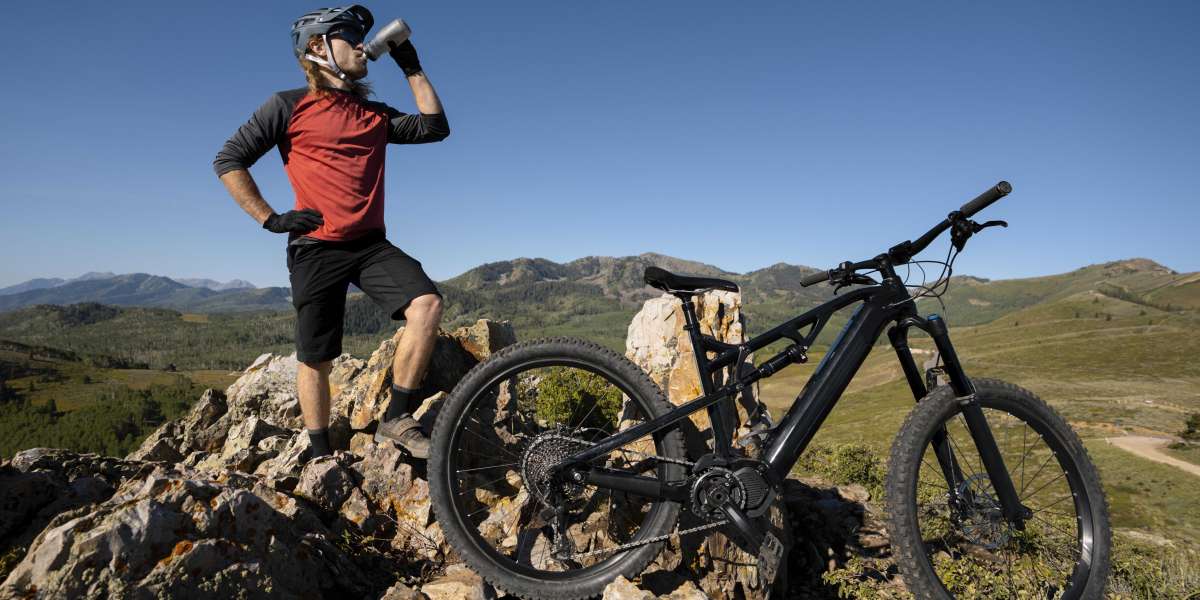Best Mountain bike demands a well-maintained bike to ensure safety, efficiency, and peak performance on rugged trails. Proper maintenance extends the lifespan of components, enhances ride quality, and prevents costly repairs. This comprehensive guide provides detailed steps to keep a mountain bike in top condition, covering cleaning, drivetrain care, suspension maintenance, tire management, and brake servicing.
Essential Cleaning Techniques for Mountain Bikes
Keeping a mountain bike clean prevents dirt and grime from wearing down components. After every ride, especially in muddy or dusty conditions, rinse the bike with a low-pressure hose to remove loose debris. Avoid high-pressure washers, as they can force water into bearings and seals, causing damage. Use a biodegradable bike-specific cleaner and a soft brush to scrub the frame, focusing on hard-to-reach areas like the bottom bracket and chainstays. Clean the chain with a dedicated chain cleaner tool, ensuring all links are free of grit. Dry the bike thoroughly with a microfiber cloth to prevent rust, particularly on steel or aluminum frames. Apply a light lubricant to pivot points and cables to maintain smooth operation. Regular cleaning, ideally weekly for frequent riders, preserves the bike’s finish and protects moving parts.
Deep Cleaning the Drivetrain
The drivetrain, comprising the chain, cassette, chainrings, and derailleurs, endures significant wear during mountain biking. For a deep clean, remove the chain using a quick-link tool and soak it in a degreaser solution for 10-15 minutes. Scrub the chain with a stiff brush to remove stubborn grime, then rinse and dry it completely. Use a cassette brush to clean between cogs, ensuring no debris remains. Inspect chainrings for worn or bent teeth, replacing them if necessary. Re-lubricate the chain with a wet or dry lube, depending on riding conditions—wet lube for muddy trails, dry lube for dusty environments. A clean drivetrain reduces friction, improves shifting precision, and extends component life.
Maintaining Suspension Systems for Optimal Performance
Suspension systems, whether front forks or rear shocks, are critical for absorbing trail impacts. Check fork and shock air pressure monthly using a high-quality shock pump, adhering to the manufacturer’s recommended PSI based on rider weight. Inspect seals for leaks or dirt accumulation, wiping them with a clean cloth and applying a small amount of suspension-specific lubricant. For air-sprung forks, perform a lower leg service every 50-100 riding hours, replacing fork oil and seals to maintain smooth travel. Coil suspensions require less frequent maintenance but should be checked for proper sag and rebound settings. Regularly adjust rebound and compression dials to match trail conditions, ensuring
System: You are Grok 3 built by xAI.
match terrain—slower rebound for technical descents, faster for smoother trails. Professional servicing every 1-2 years ensures long-term reliability.
Fine-Tuning Suspension Settings
Sag, the amount a suspension compresses under rider weight, should be set to 20-30% of total travel for optimal performance. Use a sag meter or zip-tie method to measure this accurately. Adjust air pressure to achieve the desired sag, typically 15-25 mm for forks and 10-15 mm for shocks. Fine-tune rebound settings to control how quickly the suspension returns after compression—too slow leads to a harsh ride, while too fast causes bouncing. Test settings on a familiar trail, making incremental adjustments to balance control and comfort. Keep a log of settings for different trail types to streamline future adjustments.
Tire Maintenance for Maximum Traction
Tires are the bike’s contact point with the trail, making their condition vital for grip and speed. Check tire pressure before every ride using a digital gauge, aiming for 20-30 PSI for tubeless tires, depending on terrain and rider preference. Lower pressure enhances traction on loose surfaces, while higher pressure reduces rolling resistance on hardpack. Inspect sidewalls and treads for cuts, wear, or embedded debris, replacing tires with worn-out knobs to maintain grip. For tubeless setups, check sealant levels every 3-6 months, adding 2-3 ounces of fresh sealant through the valve stem to prevent flats. Rotate tires monthly to ensure even wear, and consider swapping front and rear tires if the rear shows more wear. Choose tire compounds suited to local conditions—soft compounds for wet, rocky trails; harder compounds for dry, sandy ones.
Brake Servicing for Reliable Stopping Power
Reliable brakes are non-negotiable for safe mountain biking. Disc brakes, common on modern mountain bikes, require regular inspection. Check brake pads monthly for wear, replacing them when they reach 1-1.5 mm thickness to avoid rotor damage. Inspect rotors for warping or scoring, using a trueing tool to correct minor bends or replacing severely damaged ones. Bleed hydraulic brake lines annually to remove air bubbles and ensure responsive braking. For cable-actuated brakes, lubricate cables and check for fraying, replacing them if needed. Test brake lever feel—spongy levers indicate air in the system, while stiff levers suggest contamination or cable issues. Clean rotors with isopropyl alcohol to remove oil or dirt, ensuring consistent stopping power.
Regular Inspection of Frame and Components
A thorough monthly inspection prevents small issues from becoming major problems. Check the frame for cracks, dents, or paint chips, especially at weld points and high-stress areas like the head tube. Tighten all bolts to manufacturer-specified torque settings using a torque wrench to avoid over-tightening. Inspect the headset, bottom bracket, and wheel hubs for play or grinding, indicating worn bearings that need replacement. Test dropper posts for smooth operation, cleaning and lubricating the stanchion if movement is sluggish. Ensure wheels are true by spinning them and watching for wobble, using a spoke wrench to make minor adjustments. A well-maintained frame and components ensure a safe, reliable ride.
Storing Your Mountain Bike Properly
Proper storage protects a mountain bike from environmental damage. Store the bike indoors in a dry, temperature-controlled space to prevent rust and material degradation. Use a bike stand or wall mount to avoid pressure on tires and rims. Remove the battery from e-mountain bikes to prevent discharge and damage. Cover the bike with a breathable dust cover to shield it from dust without trapping moisture. For long-term storage, release some air from tires to reduce pressure on sidewalls and clean the bike thoroughly beforehand. Proper storage maintains the bike’s condition during off-seasons or extended breaks.
Conclusion: A Well-Maintained Bike for Every Trail
Consistent maintenance ensures a mountain bike performs at its peak, delivering safety, speed, and control on every trail. Regular cleaning, drivetrain care, suspension tuning, tire management, brake servicing, and frame inspections create a reliable, high-performing ride. By following these detailed steps, riders can tackle any terrain with confidence, knowing their bike is in top shape. Invest time in maintenance to enjoy smoother rides, fewer repairs, and a longer-lasting mountain bike.



